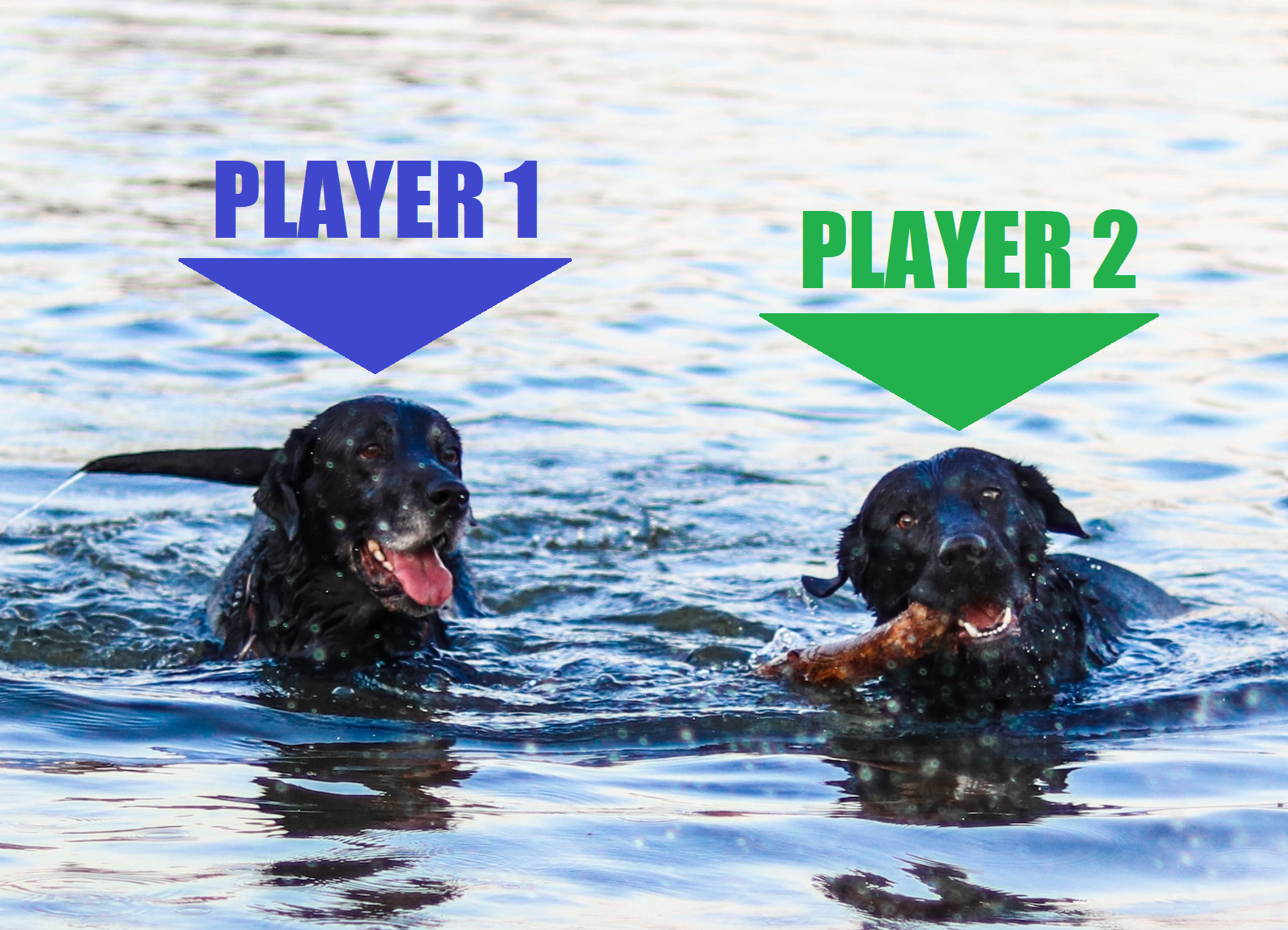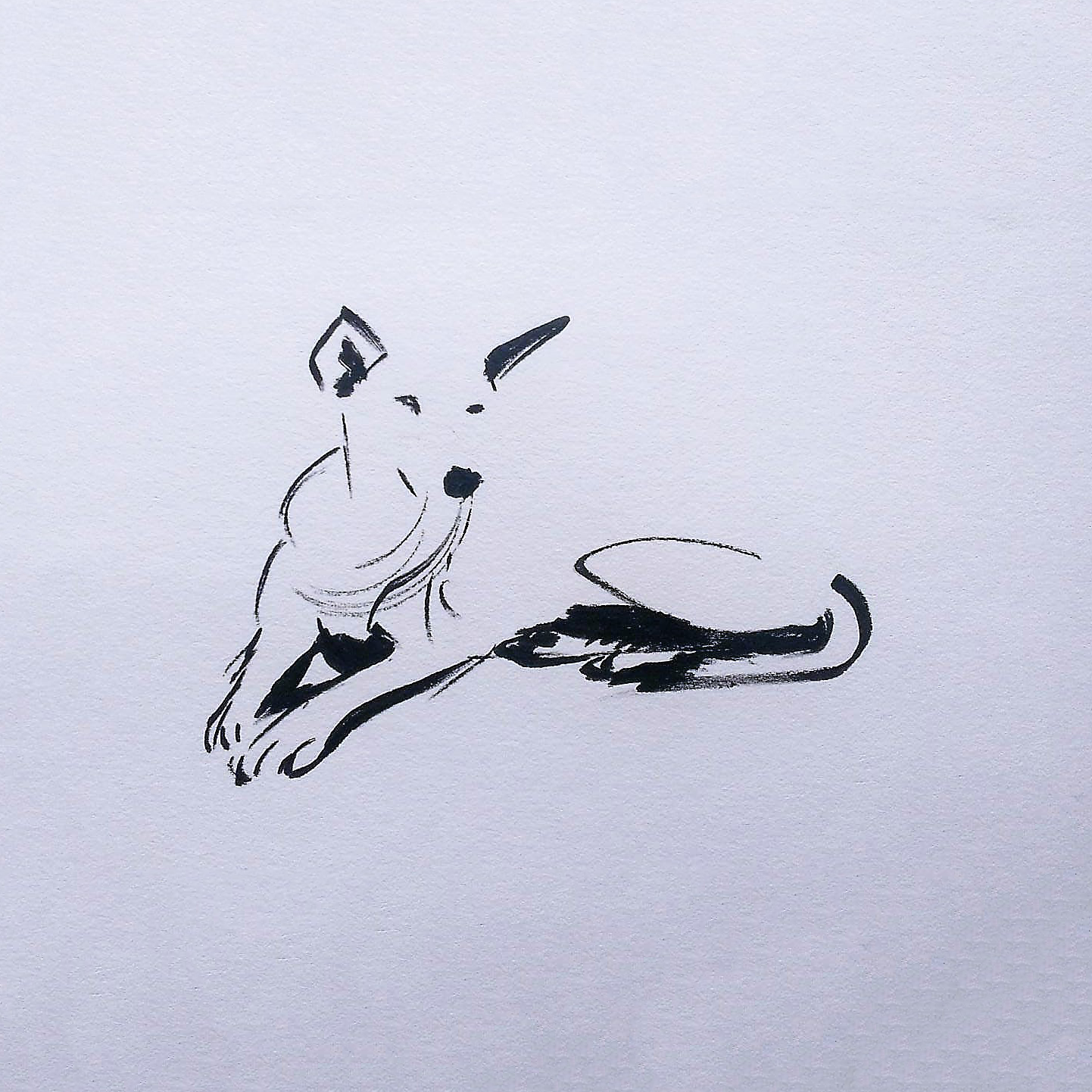Interview with Dr. Alexandra Zidenberg

T: Welcome to Zooey Magazine! My name is Tarro and today we have an extra special interview for you. Today we’re joined by Dr. Alexandra Zidenberg. And boy let me tell you, it is so weird as a zoo saying someone’s real name and not a weird pseudonym like “Akito” or “Brass”. She’s a Social Scientist, a Forensic Psychologist, and she’s also the author of the recent study “Measurement and Correlates of Zoophilic Interest in an Online Community Sample.”
T: Dr Zidenberg, thanks so much for doing this interview, I really appreciate it. Welcome to the magazine!
L: Thank you so much for having me! I usually go by “Lexi,” if that makes it less odd. Not as fun as some of the other names, but a nickname nonetheless.
T: Lexi it is! So,it’s no secret that bestiality and zoosexuality, or zoophilia if you prefer, are pretty taboo subjects in our society. There have been lots of examples of people who even just talk about the subject getting shunned. Is there a reason that you wanted to look at the zoo population specifically when deciding on what to research?
L: I kind of stumbled into the area, actually. A friend of mine went to a session at a conference about animal sexual abuse and told me about it. We ended up chatting a lot about that topic and came up with an entirely different project on veterinary medical professionals’ knowledge of animal sexual abuse. While looking into the literature for that project, I became really fascinated with the literature on individuals who are sexually interested in animals and realized that there was actually very little research on that area. I also found that it was quite difficult to locate and differentiate the literature because many researchers used terms interchangeably to refer to different groups who have a sexual interest in animals or who have sexual contact with them. That confusion led to the idea for this study. I wanted to have a nuanced measure of sexual interest in animals available to researchers so that we could better understand these groups. The two studies that ended up being part of my dissertation were never meant to be grouped into one document as they discuss distinct topics and ideas, but that ended up happening when these two distinct projects became my dissertation after the death of my previous PhD supervisor in 2019. I ended up writing a whole chapter in my dissertation about how difficult and strange it was to combine these two projects into one dissertation and how it brought a lot of discomfort to many of my participants. It was entirely unintentional, and I pre-emptively apologize for any fears that it caused!
T: I want to get your help breaking down some of the more complex points in your study, because it can be a little tricky to understand for someone without a stats background. To start things off, how would you summarise the goal of the study as a whole?
L: The goal was to have a measure of sexual interest available to researchers so that we can have a better understanding of the zoophile community (and others interested in animals). There are very few ways for researchers to measure interest in animals and the methods available (like clinical interviews and measuring sexual arousal to images in animals) are quite time and cost intensive. The cost and time needed for these methods often left researchers asking a simple yes or no question about sexual interest which simply isn’t detailed enough to give us good information about zoophilia. We also wanted to look at whether zoophiles and furries differed. There is some online discourse that groups zoophiles and furries together, but the limited research that does exist didn’t seem to necessarily support that grouping.
T: In the study, you mention a few different possibilities for the percentage of the population that is animal attracted. As someone directly looking at this, I’m curious. Do you have a general guess to about what it works out to in the general population?
L: Based on the research, I would guess somewhere between 2-10% of the general population. It’s actually really difficult to make an educated guess because there’s not a lot of research on the area. It also seems to depend on how the question is asked. There’s a big difference between asking whether people have fantasies about sexual contact with animals, a sexual attraction to animals, or sexual contact with animals. Even when the question is asked in the same way, there’s still quite a bit of variation. For example, some colleagues of mine did a study with more than a thousand students in Saskatchewan and found that about 6% had fantasies about sexual contact with animals. A published study of about 1,500 people in Quebec found that 3% of men and 2.2% of women reported fantasizing about having sexual contact with an animal. I think this is one of these questions that we’ll have to keep looking into to get an accurate answer.
T: It’s clear that as far as zoo attraction goes, there are two animals that are far above the rest. Dogs and horses. What is it about those animals that makes them so appealing over every other species?
L: It wasn’t included in this study and I’m still working on analyzing this data, but we did ask our participants about what makes an animal sexually attractive. There seems to be quite a few mentions of the larger size of the animals, the powerful and graceful look of many dogs and horses, and comments about characteristics of the animals’ genitals. While these characteristics were mentioned quite a bit, it is interesting to note that a wide variety of sexual interests and reasons were reported. As someone outside of the zoophile community and who is not attracted to animals sexually or romantically, it was quite difficult to pick the photos that were included in the study, so we got some feedback on them from zoos prior to launching the study.
T: I actually ran a series of twitter polls a while back, and while it wasn’t anything as official as a study it was interesting. I started with 16 other common animals specifically not including dogs wolves or horses, and through process of elimination worked down to the most attractive to zoos. First place ended up being Foxes, then Deer, Dolphins and Lions. Any guesses as to why those animals ended up being the most popular?
L: My guess is because they tend to have many of the characteristics listed above. They tend to be on the larger side, and many have powerful and/or graceful appearances. In general, I think human sexuality is quite broad (whether you’re attracted to humans or animals) and there’s a wide variety of people and animals that people find attractive.
T: In your study, you mention that in Beetz’s 2002 study 5.3% of men reported that they had harmed an animal during sex. I’m not sure if this is something you’d know off hand, but how does that relate to the general statistics for human on human violence?
L: I don’t know the estimates for general human-on-human violence, but the figure is quite similar to those of sexual sadism which vary from about 5% to 50% of samples depending on who is asked and how. Unfortunately, we don’t have great estimates of the prevalence of violence during sex for those who are attracted to animals or humans.
T: One thing that was very cool to see was the correlation between sexual attraction and romanticism. There’s a perception that zoos are all opportunists or rapists, and that animals are an outlet for sex. Is it fair to say that for most zoos there’s a pretty big romantic component to their attraction as well?
L: I would say that, based on the results, zoo attraction is multifaceted just like attraction to humans. It is possible to be sexually attracted to somone without a romantic attraction and vice versa. This seems to hold true for zoos as well with a variety of qualities being listed that make an animal romantically attractive.
T: Something that really surprised me was the lack of relationship between cute and sexual when participants were asked to rate different animals. I know as far as humans go, describing someone as “cute” can definitely be a sexual thing, but based off the data from your study when it comes to zoos if an animal is cute that removes it for a lot of people from also being attractive sexually. Why do you think that is?
L: Based on the data, it seems that cuteness isn’t necessarily related to attraction. I think it makes sense because, although there can be some overlap for cuteness and attraction when it comes to people attracted to humans, they’re not always the same. For example, many people would say that a baby is cute, but very few would say that the baby is sexually attractive. This seems to be the case for zoos as well where many animals were deemed cute, but not all of them are also attractive.
T: It’s been reported on a lot that someone with one paraphilia is likely to also have others, and I think that’s held true with your study as well. I think that’s interesting to think about, because it really means one of two things. Either people with paraphilias have some difference in brain chemistry that makes their sexuality bleed out into other non-standard aspects of their life, or that once you realize you’re into one thing that’s taboo it’s suddenly less of a barrier to entry when it comes to other taboo interests. What do you think?
L: It’s a good question and I don’t know if we have a definitive answer for you. I would guess that, like many things in psychology, it is a mix of nature (brain chemistry) and nurture (being in spaces/a headspace where “taboos” are more accepted).
T: You talk a lot about furries in your study as well. We’ve actually talked a little bit about this as well in the magazine, but from a purely data centric point of view from your study, what’s the difference between a furry and a zoo?
L: Our scale was able to differentiate between people in the zoo and furry community quite accurately, so there seems to be some distinction between the two groups. When we looked into the data further, we found that zoophilia and furryism were correlated but more than half (55.8%) of people with zoophilia were not furries. In the paper we argue that zoophilia indicates a higher likelihood of furryism, but furryism does not necessarily mean a greater likelihood of zoophilia.
T: You pretty definitively state that most zoos are furries, but not all furries are zoos. Why do you think so many zoos are interested in the Furry fandom, and do you think that without the negative stereotypes around zoophilia there would be more furries that are also actually zoo attracted?
L: I don’t know if I have a definitive answer for you, but my best guess would be that Furries are attracted to anthropomorphized (human-like) animals but not necessarily non-human animals. There might be more flexibility in attraction for a zoo who is interested in non-human animals and anthropomorphized animals. That is just my best guess, but I think we still need more research to come to a final answer for this one.
T: One of the questions on your test was “I get sexually excited by animals in pain”. For zoophiles, it was 0.037, and for furries 0.026. What exactly does the relationship between those two numbers mean?
L: Those numbers tell us how well the question fits into the subscales that we created in our measure. Both of the numbers are quite low which tell us that that question doesn’t fit well in the zoophilia and furryism subscales. The number is slightly higher for the zoophilia subscale, so it may fit a little bit better into that subscale (more people might have endorsed the question within that subscale) than among the furryism subscale, but it still fits poorly. If we compare it to the factor loading of 0.633 the question got in the Zoosadism subscale, we can see that it fits much better there. This tells us that there is probably a distinct subgroup of people who are interested in more sadistic behaviours that doesn’t necessarily overlap with the general group of people who were classified as zoophiles by the scale.
T: We covered quite a bit, but you really collected a ton of data here. Before we start to wrap things up, is there anything else that you think was really interesting that you found that you’d like to call out?
L: The most interesting and exciting part for me (because I’m a stats nerd), was seeing the four subscales that were created. I think it really points out the variability in attraction to animals and gives us much more detail than a yes or no question (i.e., are you attracted to animals) that would often be used in research. I thought that part was really cool!
T: So, it can be tricky to give a summary of a study like this, but if you had to sum up literally years of work into a quick sentence or two, what would you say is the result of your study?
L: The results of this study tell us that the Sexual Interest in Animals-Self-Report (SIA-SR) scale had four distinct subscales (i.e., Zoophilia, Opportunism, Zoosadism, and Furry Sex) and was able to predict if someone was a zoophile quite well. We also found that sexual interest in dogs and horses was the most common among individuals in our sample. The results of this study help us to better understand sexual interest among people who are attracted to animals and can help lead to more research, new theories, and can help clinicians who work with zoos.
T: Last question here, as someone that’s a big believer in science, one thing I always talk about is how if we want to move forwards as a movement, we need to be advocating for more and more studies looking at zoophilia. There’s no way we can try and convince the general public that we aren’t who they think we are without having some serious numbers behind us to back us up. If the zoos reading this agree, what’s the best way to try and get more interest in zoosexuality from an academic perspective?
L: In general, I think that we do a really poor job of teaching research and statistical literacy in schools, so I think gaining more knowledge on how to interpret and understand statistics can be really helpful. It’s hard to know what a study is arguing or if their conclusions are sound if you don’t know what the statistics are saying. There are lots of free online resources (e.g., https://www.udemy.com/course/statistics-literacy-for-non-statisticians/) that can help build this knowledge. I found the community very welcoming to research, so I think building connections with researchers can also be quite fruitful.
T: Thank you again so much for joining us Dr. Zidenberg, are there any last thoughts you’d like to leave our readers with?
L: Thank you so much for these questions! Many of them were quite challenging and made me think about our results and some far-reaching implications of them. I would like to thank everyone who participated in the study. I know that the questionnaire asked for a lot of personal and sensitive information, and I am grateful that participants put their trust in me to run this study. I would also like to thank everyone who has emailed or tweeted me about the results of this study. It is really nice to discuss research with people who are as excited about the paper as I am!
Interview between Tarro and Dr. Alexandra Zidenberg
Find them at:
Lexi - https://twitter.com/Lexi_M_Z
Tarro - https://twitter.com/hereforthezoo
Questions, comments or concerns? Check out the discussion thread over on Zoo Community, or join our Discord!




